Home>Gardening & Outdoor>Landscaping Ideas>How To Fill A Raised Garden Bed Cheap
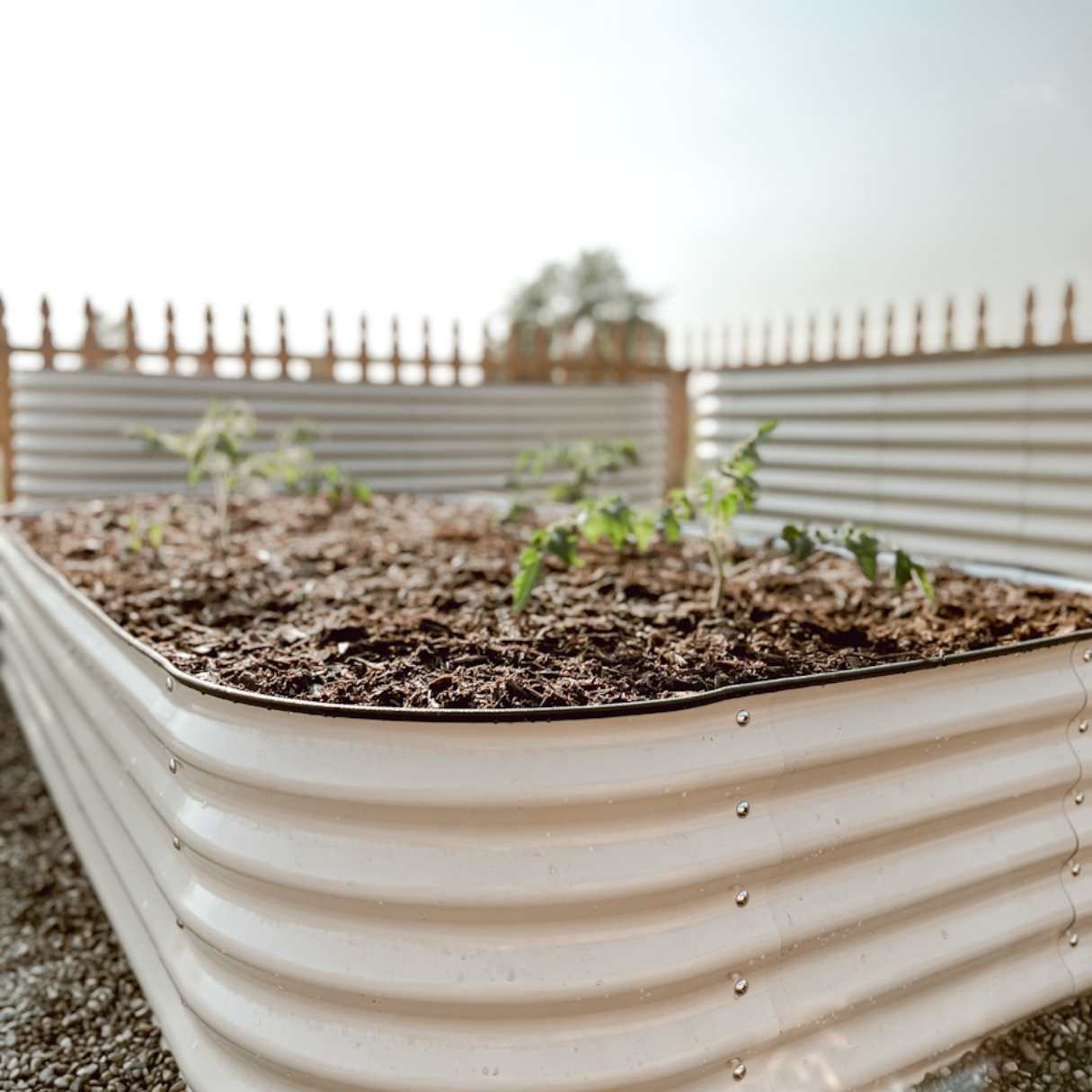

Landscaping Ideas
How To Fill A Raised Garden Bed Cheap
Modified: February 26, 2024
Learn how to fill a raised garden bed on a budget with these creative landscaping ideas. Discover cost-effective solutions for your gardening project.
(Many of the links in this article redirect to a specific reviewed product. Your purchase of these products through affiliate links helps to generate commission for Storables.com, at no extra cost. Learn more)
Introduction
When it comes to creating a vibrant and flourishing garden, a raised garden bed can be a game-changer. Whether you're a seasoned gardener or just dipping your toes into the world of horticulture, a raised garden bed offers numerous benefits. Not only does it provide better drainage and soil structure, but it also reduces the strain on your back, making it easier to tend to your plants. However, the initial setup of a raised garden bed can be daunting, especially when considering the cost of materials and soil.
In this comprehensive guide, we will delve into the art of filling a raised garden bed on a budget. From selecting the right materials to exploring cost-effective soil options, we'll equip you with the knowledge and strategies to create a thriving garden space without breaking the bank. Whether you're a frugal gardener or simply enjoy the satisfaction of finding economical solutions, this guide will empower you to transform your outdoor space into a lush and bountiful oasis.
So, roll up your sleeves and get ready to embark on a budget-friendly gardening adventure. By the end of this journey, you'll be armed with the expertise to fill your raised garden bed without draining your wallet. Let's dive into the world of cost-effective gardening and discover how to make the most of your resources while nurturing a flourishing garden bed.
Key Takeaways:
- Embrace cost-effective materials, soil options, and resourceful practices to create a thriving raised garden bed without overspending. Cultivate a lush oasis while staying within budget.
- Harness the power of compost, mulch, and sustainable gardening techniques to nurture a flourishing garden bed. Save money with DIY projects, water conservation, and community initiatives.
Read more: How To Fill Raised Garden Beds Cheap
Choosing the Right Materials
Selecting the appropriate materials for your raised garden bed is a crucial first step in the budget-friendly gardening journey. When it comes to cost-effective yet durable options, there are several factors to consider.
Wood Selection
Opting for untreated or naturally rot-resistant wood, such as cedar or redwood, can be a sustainable and economical choice. These types of wood not only offer longevity but also blend seamlessly with the natural aesthetics of your garden. Additionally, repurposing salvaged or reclaimed wood can significantly reduce costs while adding a touch of rustic charm to your garden bed.
Alternative Materials
For those seeking a budget-friendly and low-maintenance alternative to wood, galvanized steel or composite materials can be viable options. These materials are not only durable but also resistant to rot and pests, ensuring a long-lasting foundation for your garden bed. Moreover, they require minimal upkeep, making them a cost-effective choice in the long run.
Size and Height Considerations
When selecting materials for your raised garden bed, it's essential to consider the size and height that best suits your gardening needs. Opting for standard-sized lumber or pre-fabricated kits can streamline the construction process and minimize material waste, ultimately reducing expenses. Additionally, carefully planning the dimensions of the garden bed can help optimize the use of materials, ensuring an efficient and budget-conscious approach.
Read more: How To Fill In A Raised Garden Bed
DIY vs. Pre-Fabricated Options
While do-it-yourself (DIY) construction allows for greater customization and potential cost savings, pre-fabricated raised garden bed kits can offer convenience and time efficiency. Evaluating the trade-offs between DIY construction and pre-fabricated options is essential in determining the most cost-effective approach for your gardening project.
By carefully considering these factors and exploring the diverse range of materials available, you can make informed decisions that align with your budget and gardening aspirations. With the right materials in place, you'll be well-equipped to embark on the next steps of filling your raised garden bed without compromising on quality or sustainability.
Preparing the Site
Before filling your raised garden bed, it's essential to prepare the site meticulously to ensure optimal growing conditions for your plants. This preparatory phase sets the stage for a thriving garden and can significantly impact the long-term success of your gardening endeavors.
Clearing and Leveling the Ground
The first step in preparing the site for your raised garden bed is to clear the ground of any debris, rocks, or weeds. This process ensures a clean and level foundation for your garden bed, promoting uniform soil distribution and effective drainage. By meticulously clearing the area, you create a conducive environment for plant growth while minimizing potential obstructions and unevenness.
Assessing Sunlight and Drainage
Assessing the sunlight exposure and drainage patterns of the site is crucial in determining the optimal placement of your raised garden bed. Ideally, the location should receive ample sunlight, as most plants thrive in full or partial sun. Additionally, ensuring proper drainage is essential to prevent waterlogging, which can adversely affect plant health. By strategically positioning your garden bed to maximize sunlight exposure and facilitate efficient drainage, you set the stage for a flourishing garden ecosystem.
Read more: How To Make A Raised Garden Bed Cheap
Soil Testing and Amendment
Conducting a soil test can provide valuable insights into the composition and pH levels of the existing soil. This information enables you to make informed decisions regarding soil amendments, ensuring that the soil in your raised garden bed is conducive to plant growth. Depending on the test results, you may need to incorporate organic matter, such as compost or peat moss, to enhance the soil structure and fertility. By addressing soil deficiencies and optimizing its composition, you create an ideal growing environment for your plants.
Installing Weed Barrier
To minimize weed growth and maintain a tidy garden bed, consider installing a weed barrier before filling the raised bed with soil. This simple yet effective step can significantly reduce the maintenance required to keep your garden bed free of invasive weeds, allowing you to focus on nurturing your plants without the constant battle against unwanted vegetation.
By meticulously preparing the site for your raised garden bed, you lay the groundwork for a successful and cost-effective gardening venture. This preparatory phase not only optimizes growing conditions but also minimizes potential challenges, setting the stage for a thriving garden bed that brings joy and abundance to your outdoor space.
Filling the Garden Bed
Once the raised garden bed is constructed and the site is meticulously prepared, the next crucial step is filling the garden bed with soil. This process is pivotal in creating a nurturing environment for your plants to thrive. From selecting the right soil to optimizing the filling technique, every aspect contributes to the overall health and productivity of your garden bed.
Layering Approach
Implementing a layering approach when filling the garden bed can optimize soil composition and promote healthy root development. Begin by layering a mixture of topsoil and compost as the base layer. This combination provides essential nutrients and organic matter, fostering a fertile foundation for plant growth. Additionally, incorporating a layer of well-rotted manure can further enrich the soil, enhancing its fertility and structure.
Read more: What To Fill Raised Garden Bed With
Soil Composition
When filling the garden bed, it's essential to prioritize soil quality and composition. Opt for high-quality, well-draining soil that is rich in organic matter. A blend of topsoil, compost, and peat moss can create an optimal growing medium, offering a balance of nutrients, moisture retention, and aeration. This carefully curated soil composition sets the stage for robust plant growth and bountiful harvests.
Avoiding Compaction
As you fill the garden bed, take care to avoid compacting the soil. Gently layering the soil mixture without excessive tamping or pressing ensures that the soil remains loose and aerated, facilitating healthy root development and water infiltration. By maintaining a loose and friable soil structure, you create an environment where plant roots can easily penetrate and access essential nutrients.
Strategic Planting Depth
Consider the planting depth required for the specific plants you intend to grow in the raised garden bed. As you fill the bed, be mindful of achieving the appropriate soil depth to accommodate the root systems of your chosen plants. Different plants have varying root depth requirements, and ensuring adequate soil depth can promote robust root development and overall plant vitality.
Mulching for Moisture Retention
After filling the garden bed, consider applying a layer of organic mulch to conserve moisture and suppress weed growth. Mulching not only helps retain soil moisture, reducing the frequency of watering, but also contributes to soil insulation and erosion control. Additionally, organic mulch gradually breaks down, enriching the soil with valuable nutrients over time.
By meticulously approaching the process of filling the garden bed, you establish a nurturing foundation for your plants to flourish. This strategic and attentive approach to soil filling sets the stage for a thriving garden bed, where plants can thrive and yield abundant harvests.
Cost-Effective Soil Options
When it comes to filling a raised garden bed on a budget, exploring cost-effective soil options is paramount. While high-quality soil is essential for plant growth, there are several budget-friendly alternatives that can provide the necessary nutrients and support for your garden bed.
Bulk Soil Delivery
Opting for bulk soil delivery can be a cost-effective solution, especially for larger garden beds. Many local nurseries or landscaping companies offer bulk soil at competitive prices, allowing you to purchase the required amount without the added expense of individual bags. Additionally, some suppliers may provide discounts for bulk orders, further enhancing the cost-effectiveness of this option.
Soil Amendments
Incorporating soil amendments such as compost, aged manure, or organic matter can significantly reduce the overall cost of filling your raised garden bed. These amendments not only enrich the soil with essential nutrients but also improve its structure and water retention capabilities. By blending these cost-effective soil amendments with existing soil or topsoil, you can create a nutrient-rich growing medium without overspending.
DIY Soil Mix
Crafting your own soil mix can be a thrifty and rewarding approach to filling your raised garden bed. By combining components such as topsoil, compost, peat moss, and perlite in the desired proportions, you can tailor the soil mix to meet the specific needs of your plants while staying within budget. This hands-on approach not only allows for cost savings but also provides a deeper understanding of soil composition and its impact on plant health.
Read more: How To Make Cheap Raised Garden Beds
Vermicomposting
Engaging in vermicomposting, the process of using earthworms to decompose organic waste into nutrient-rich compost, can be a sustainable and economical way to enrich your garden bed soil. By establishing a vermicomposting system at home, you can transform kitchen scraps and organic waste into a valuable resource for your garden, minimizing the need for store-bought soil amendments and reducing overall costs.
Community Composting Programs
Many communities offer composting programs that provide residents with access to high-quality compost at nominal fees. By participating in these programs, you can acquire nutrient-rich compost at a fraction of the cost, contributing to sustainable waste management practices while benefiting your garden bed. Additionally, supporting local composting initiatives fosters community engagement and environmental stewardship.
By exploring these cost-effective soil options, you can fill your raised garden bed with nutrient-rich soil while staying within your budget. These strategies not only offer financial savings but also promote sustainable gardening practices, empowering you to cultivate a thriving garden bed without compromising on soil quality or environmental responsibility.
Using Compost and Mulch
In the realm of cost-effective and sustainable gardening practices, the utilization of compost and mulch holds immense significance. These natural elements not only contribute to soil fertility and moisture retention but also play a pivotal role in promoting a thriving ecosystem within your raised garden bed.
Harnessing the Power of Compost
Compost, often referred to as "black gold" in the gardening world, is a nutrient-dense organic matter that results from the decomposition of kitchen scraps, yard waste, and other organic materials. Incorporating compost into the soil of your raised garden bed offers a myriad of benefits. It enriches the soil with essential nutrients, improves its structure, and fosters a favorable environment for beneficial microorganisms. Furthermore, compost enhances soil water retention, reducing the frequency of irrigation and promoting drought resistance in your garden bed.
Creating your own compost at home is a cost-effective and eco-friendly approach. By repurposing kitchen scraps, yard clippings, and organic waste, you can produce nutrient-rich compost to nourish your garden bed without incurring additional expenses. Additionally, community composting initiatives and local compost suppliers offer accessible alternatives for acquiring high-quality compost at minimal costs, further supporting your budget-conscious gardening endeavors.
Read more: Why A Raised Garden Bed
Embracing the Benefits of Mulch
Mulch serves as a versatile ally in the quest for a thriving garden bed. By applying a layer of organic mulch, such as wood chips, straw, or shredded leaves, you can reap a multitude of advantages. Mulch acts as a natural insulator, regulating soil temperature and protecting plant roots from extreme heat or cold. Moreover, it suppresses weed growth, reducing the need for labor-intensive weeding and minimizing competition for nutrients among your plants.
In addition to weed suppression, organic mulch contributes to soil moisture retention, mitigating water loss through evaporation and promoting consistent soil hydration. This not only conserves water but also alleviates the frequency of irrigation, translating into long-term cost savings on water usage.
Furthermore, as organic mulch gradually decomposes, it enriches the soil with organic matter, bolstering its fertility and enhancing the overall health of your garden bed. This natural process of mulch decomposition aligns with sustainable gardening practices, fostering a self-sustaining ecosystem within your raised garden bed.
By harnessing the power of compost and mulch, you can cultivate a thriving garden bed while adhering to budget-conscious and environmentally conscious principles. These natural elements not only optimize soil fertility and moisture retention but also contribute to the overall resilience and vitality of your garden bed, ensuring a bountiful harvest and a flourishing outdoor sanctuary.
Tips for Saving Money
-
Seed Saving and Propagation: Embrace the art of seed saving and propagation to reduce recurring expenses on purchasing new plants each season. By collecting and storing seeds from your existing plants, you can cultivate a diverse array of crops without incurring additional costs. Additionally, propagating plants through cuttings or division offers a budget-friendly way to expand your garden bed while fostering genetic diversity within your plant collection.
-
DIY Garden Tools and Structures: Explore do-it-yourself (DIY) projects to craft garden tools, trellises, and raised bed supports using reclaimed or repurposed materials. By harnessing your creativity and resourcefulness, you can minimize expenditure on store-bought gardening equipment while adding a personalized touch to your garden space. Upcycling materials such as pallets, PVC pipes, and discarded wood can yield functional and visually appealing garden structures at minimal costs.
-
Water Conservation Strategies: Implement water conservation strategies to reduce utility expenses while promoting sustainable gardening practices. Consider installing a rainwater harvesting system to collect and utilize rainwater for garden irrigation, minimizing reliance on municipal water sources. Additionally, incorporating drip irrigation or soaker hoses optimizes water distribution, reducing wastage and promoting efficient moisture management within the garden bed.
-
Seasonal Plant Sales and Swaps: Take advantage of seasonal plant sales, community plant swaps, and local gardening events to expand your plant collection at discounted prices or through exchanges with fellow gardeners. Participating in plant swaps not only offers cost-effective access to a diverse range of plants but also fosters community engagement and knowledge sharing among gardening enthusiasts.
-
Companion Planting and Natural Pest Control: Embrace companion planting techniques to create symbiotic relationships between different plant species, promoting natural pest control and reducing the need for chemical interventions. By strategically interplanting compatible species, you can deter pests, enhance pollination, and optimize space utilization within the garden bed, ultimately minimizing expenses associated with pest management and fertilization.
-
Perennial and Self-Seeding Plants: Incorporate perennial plants and self-seeding varieties into your garden bed to establish a resilient and self-sustaining ecosystem. Perennial plants return year after year, eliminating the need for frequent replanting and reducing long-term gardening costs. Similarly, self-seeding plants perpetuate themselves, offering a continuous supply of new seedlings without additional investment, contributing to a budget-conscious and low-maintenance garden bed.
By implementing these tips for saving money, you can cultivate a thriving garden bed while maximizing cost efficiency and sustainability. Embracing resourceful practices, leveraging community initiatives, and prioritizing long-term investments in your garden space can yield a bountiful and rewarding gardening experience without straining your budget.
Conclusion
In the realm of gardening, the journey of filling a raised garden bed on a budget is a testament to the harmonious interplay of resourcefulness, sustainability, and creativity. As we conclude this comprehensive guide, it's evident that cultivating a thriving garden bed without breaking the bank is not only achievable but also deeply rewarding.
Throughout this journey, we've explored a myriad of strategies and techniques that empower garden enthusiasts to embark on a budget-conscious gardening adventure. From selecting cost-effective materials and preparing the site meticulously to embracing sustainable soil options and harnessing the power of compost and mulch, every step has been a testament to the art of mindful and economical gardening.
The tips for saving money, ranging from seed saving and propagation to water conservation strategies, underscore the transformative potential of resourceful practices in nurturing a flourishing garden bed. By embracing these tips, gardeners can not only minimize expenses but also foster a deeper connection with their garden space, infusing it with personalized touches and sustainable principles.
As we reflect on this journey, it's essential to recognize that the pursuit of a budget-friendly garden bed extends beyond financial considerations. It embodies a commitment to environmental stewardship, community engagement, and the cultivation of a resilient and self-sustaining ecosystem within our outdoor sanctuaries.
Ultimately, the conclusion of this guide marks the beginning of an inspiring and fulfilling gardening endeavor. Armed with the knowledge, strategies, and creative ingenuity shared within these pages, gardeners are poised to embark on a transformative journey of nurturing a thriving garden bed that embodies the harmonious convergence of frugality, sustainability, and natural abundance.
So, as you venture into the realm of budget-friendly gardening, may your raised garden bed flourish with vitality, beauty, and the boundless rewards of a mindful and resourceful approach. Let the seeds of creativity, sustainability, and joy take root in your garden bed, yielding a bountiful tapestry of natural splendor that transcends financial constraints and blossoms with the richness of mindful cultivation.
Frequently Asked Questions about How To Fill A Raised Garden Bed Cheap
Was this page helpful?
At Storables.com, we guarantee accurate and reliable information. Our content, validated by Expert Board Contributors, is crafted following stringent Editorial Policies. We're committed to providing you with well-researched, expert-backed insights for all your informational needs.

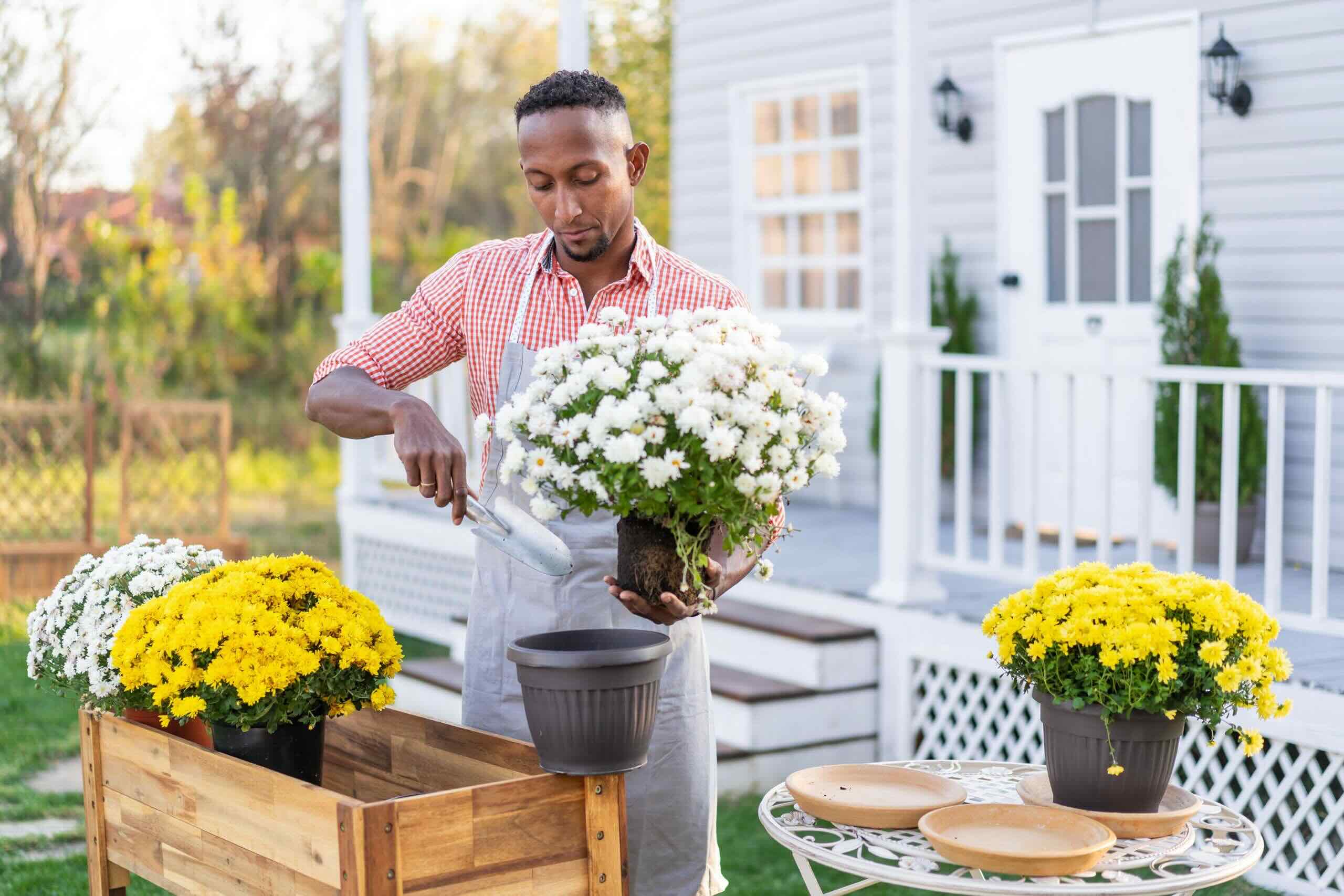
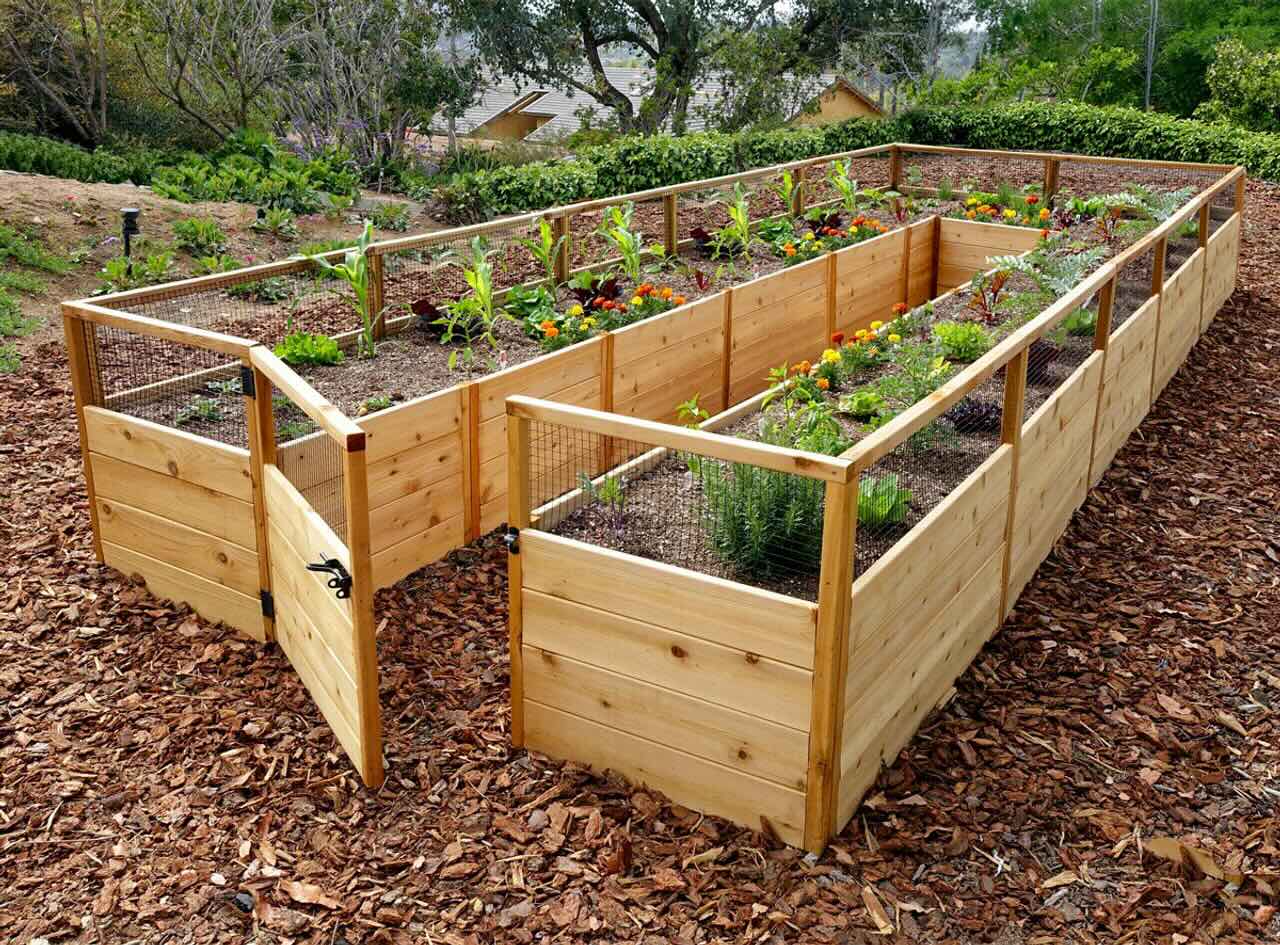
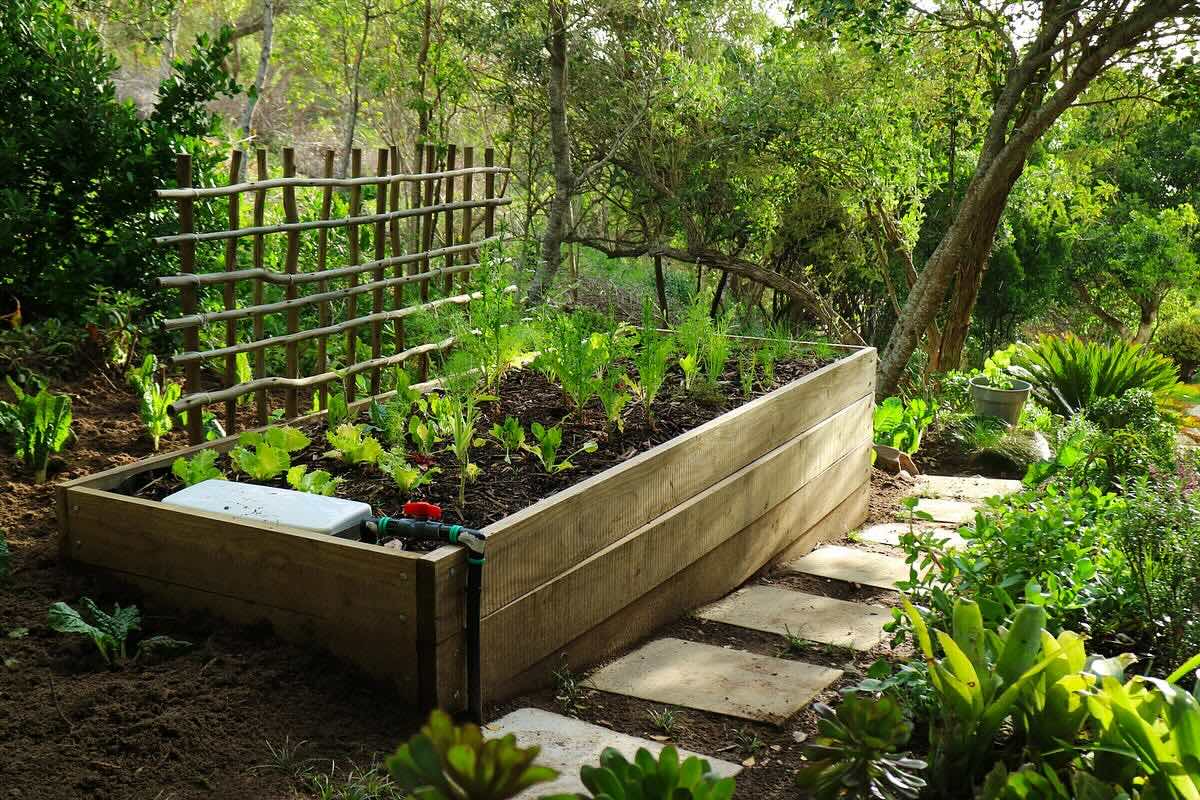
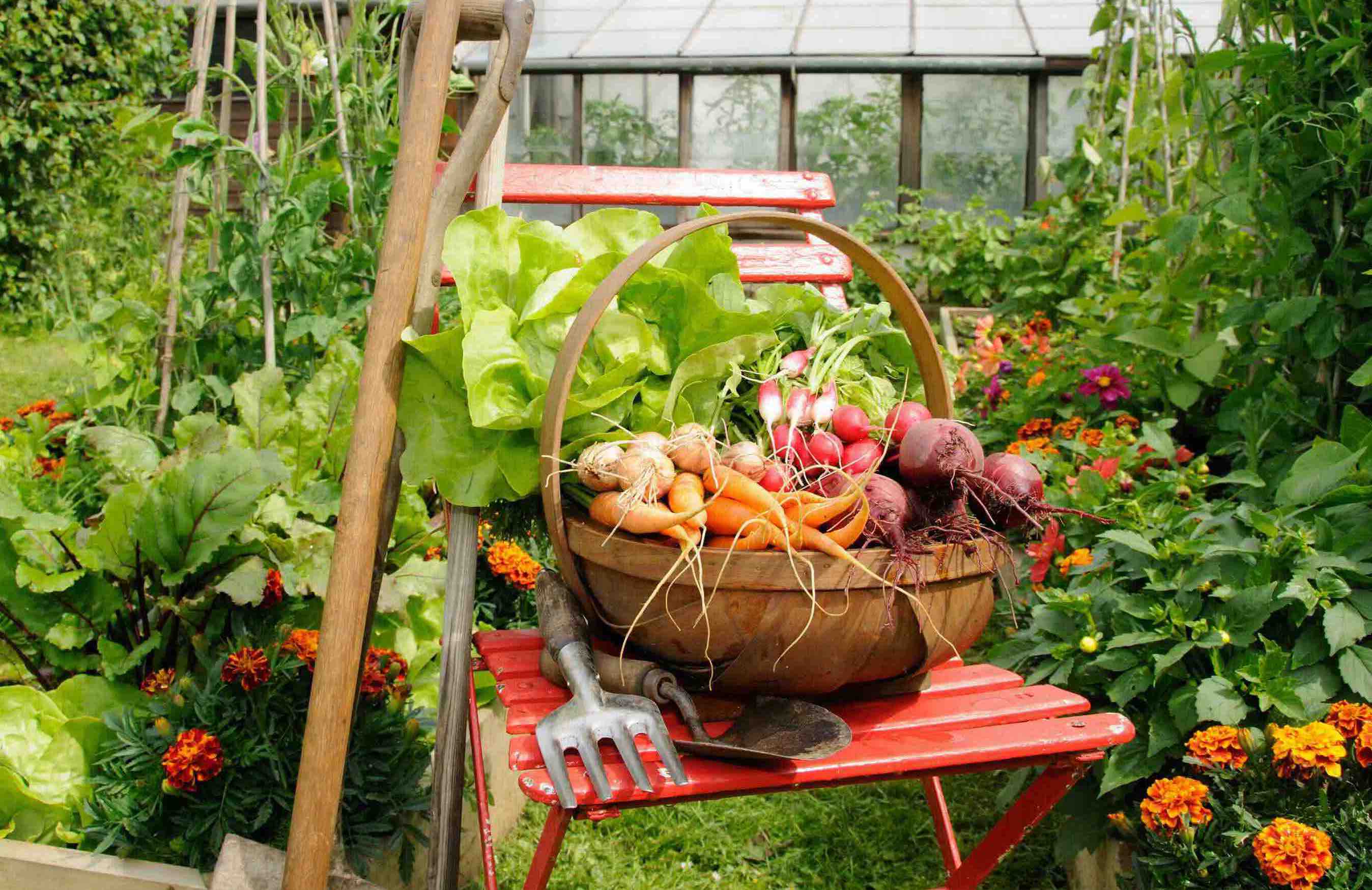
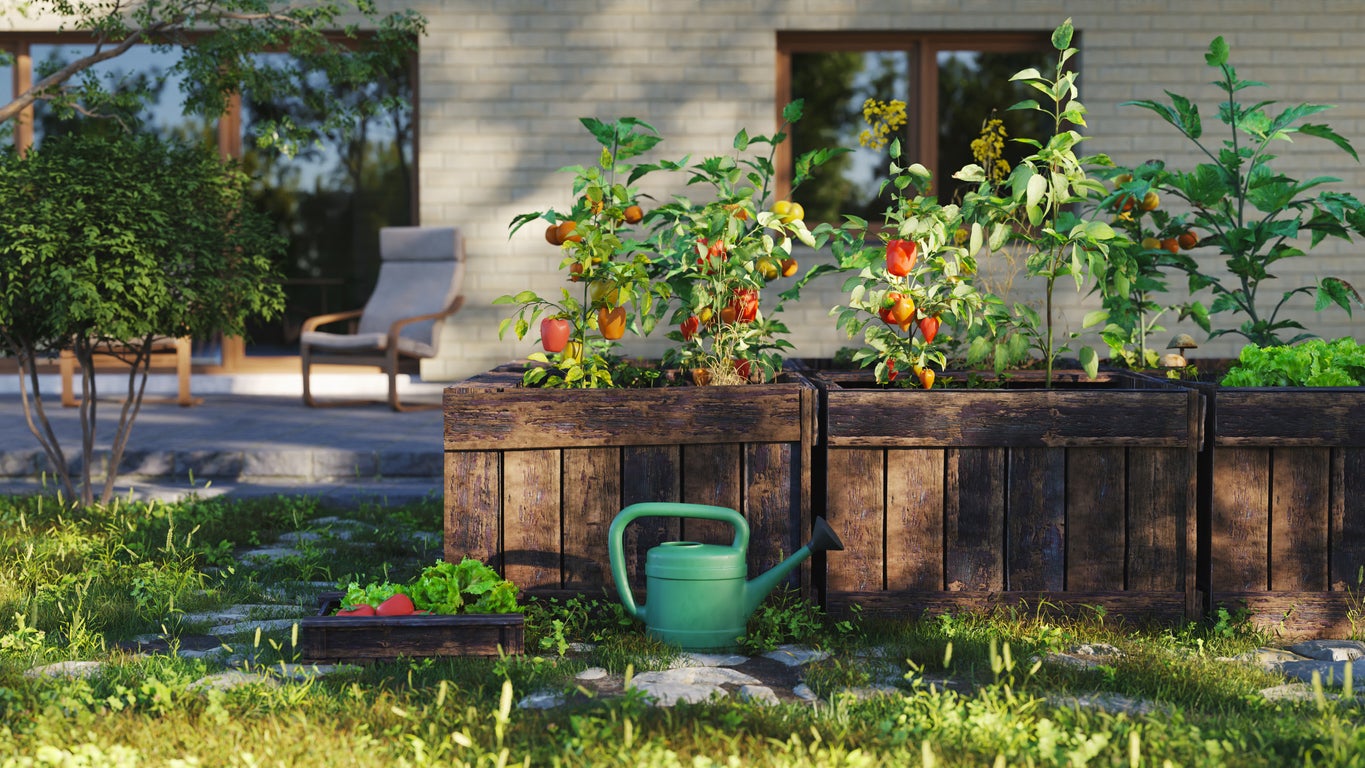
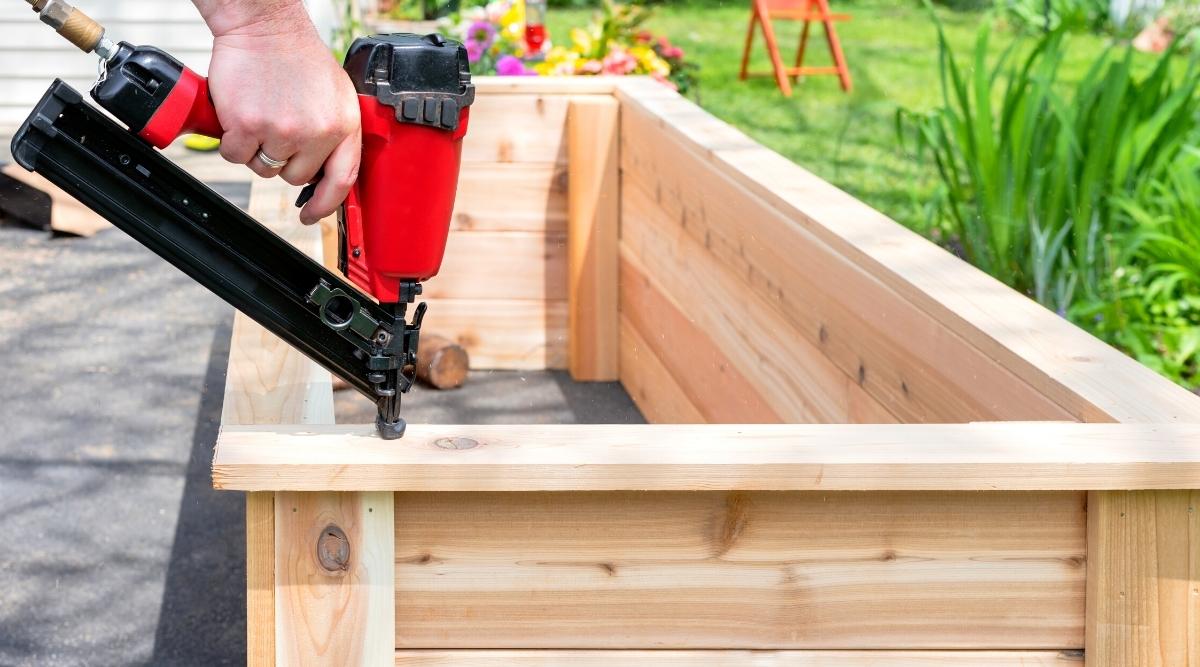
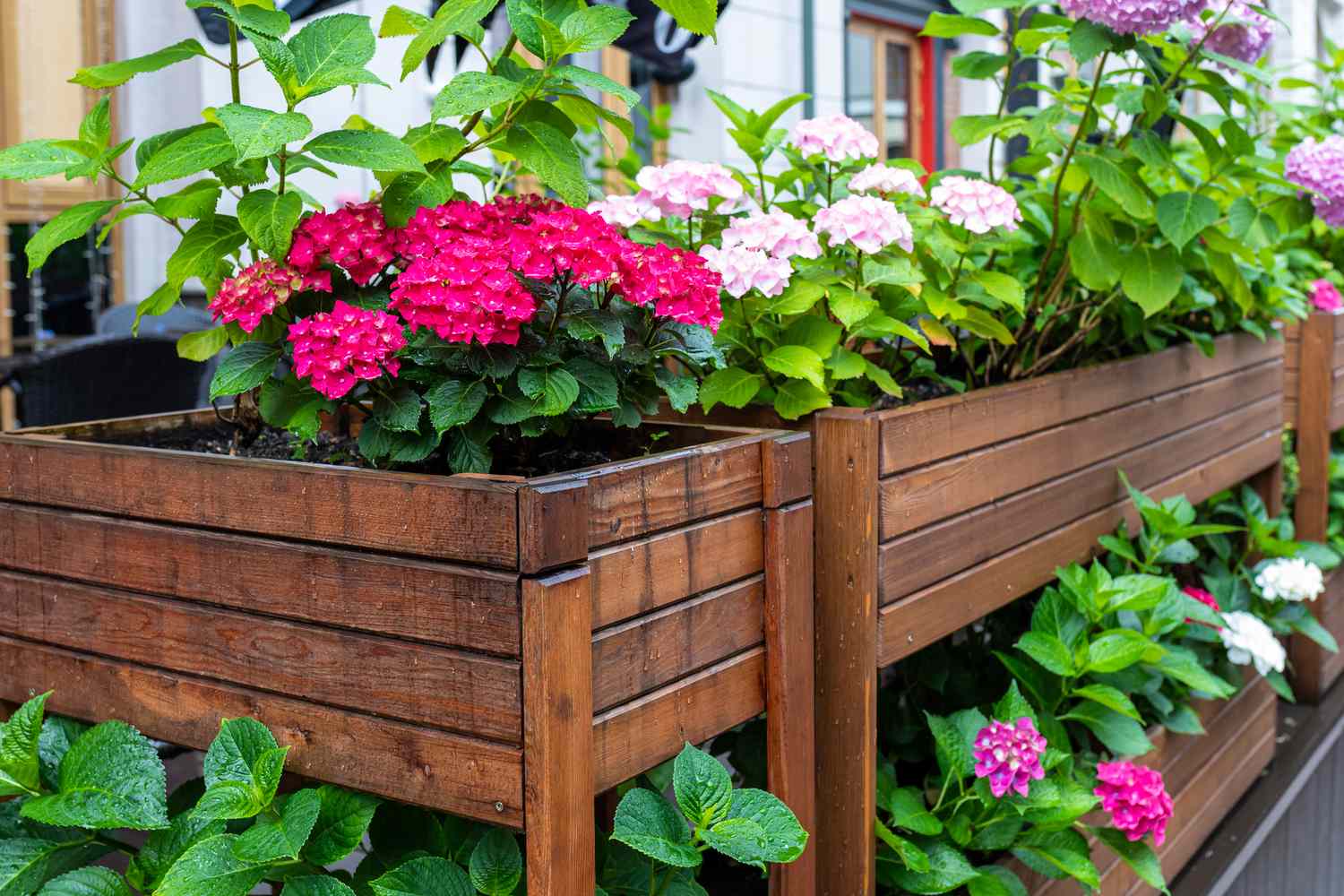
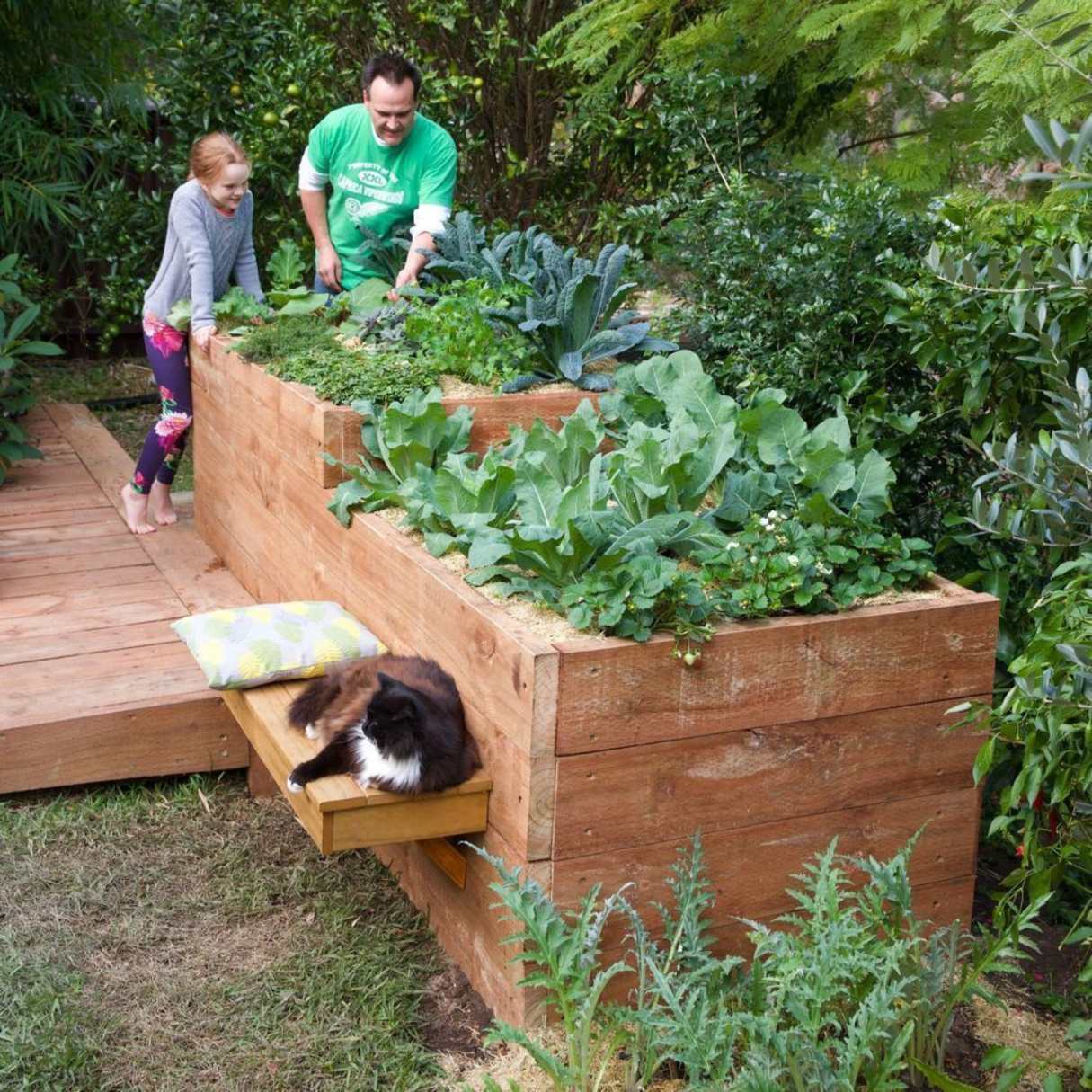

0 thoughts on “How To Fill A Raised Garden Bed Cheap”